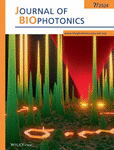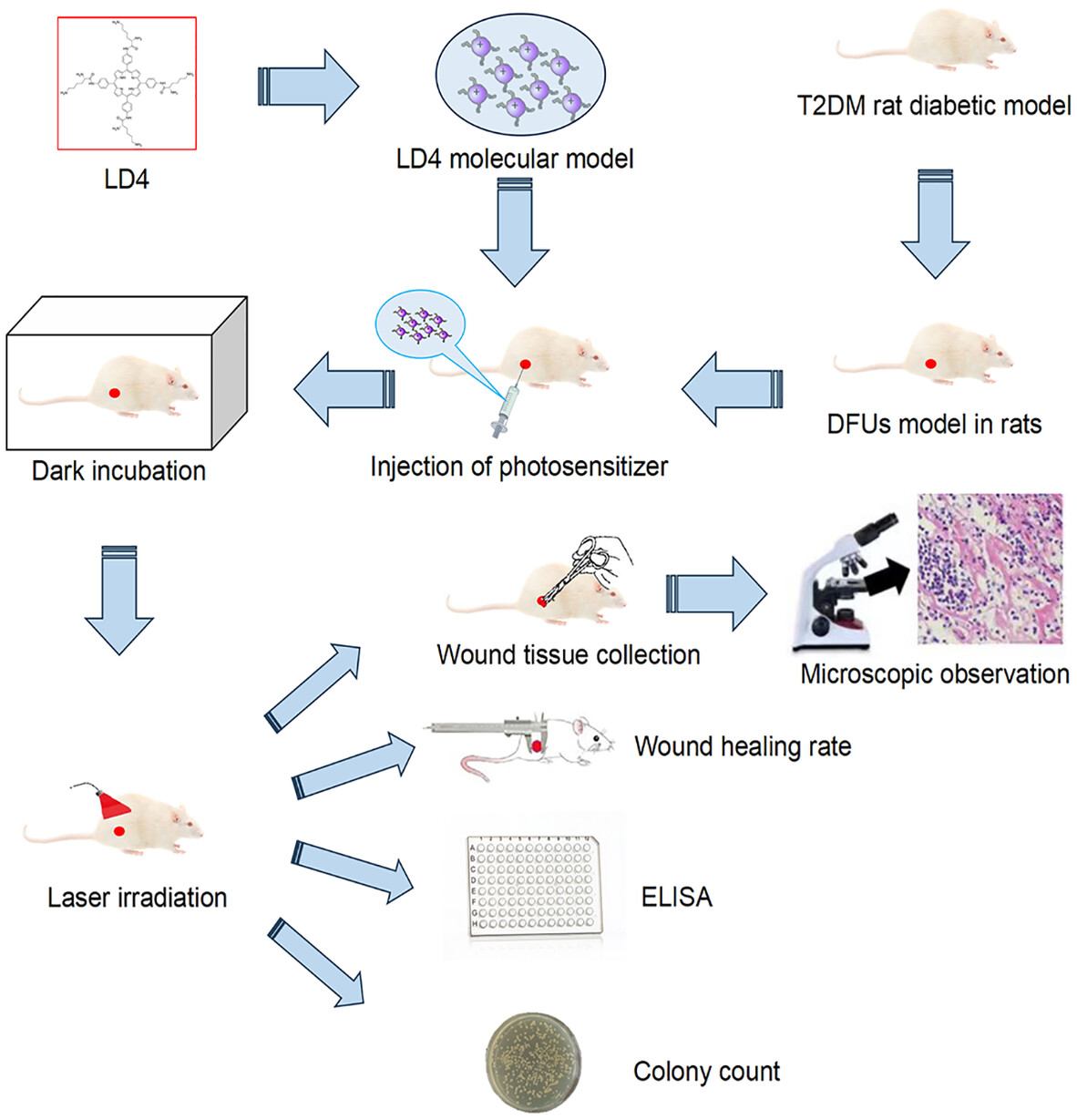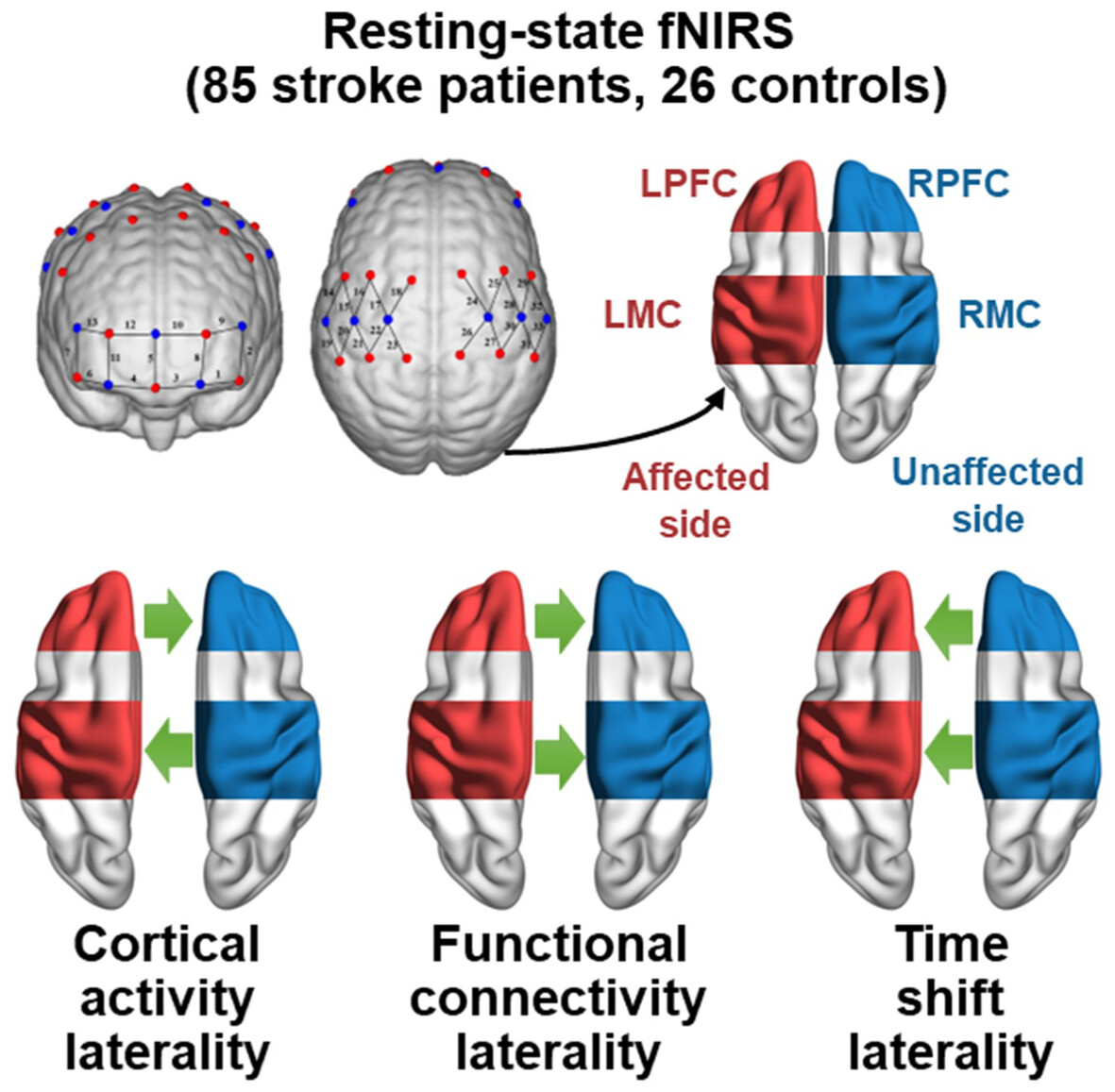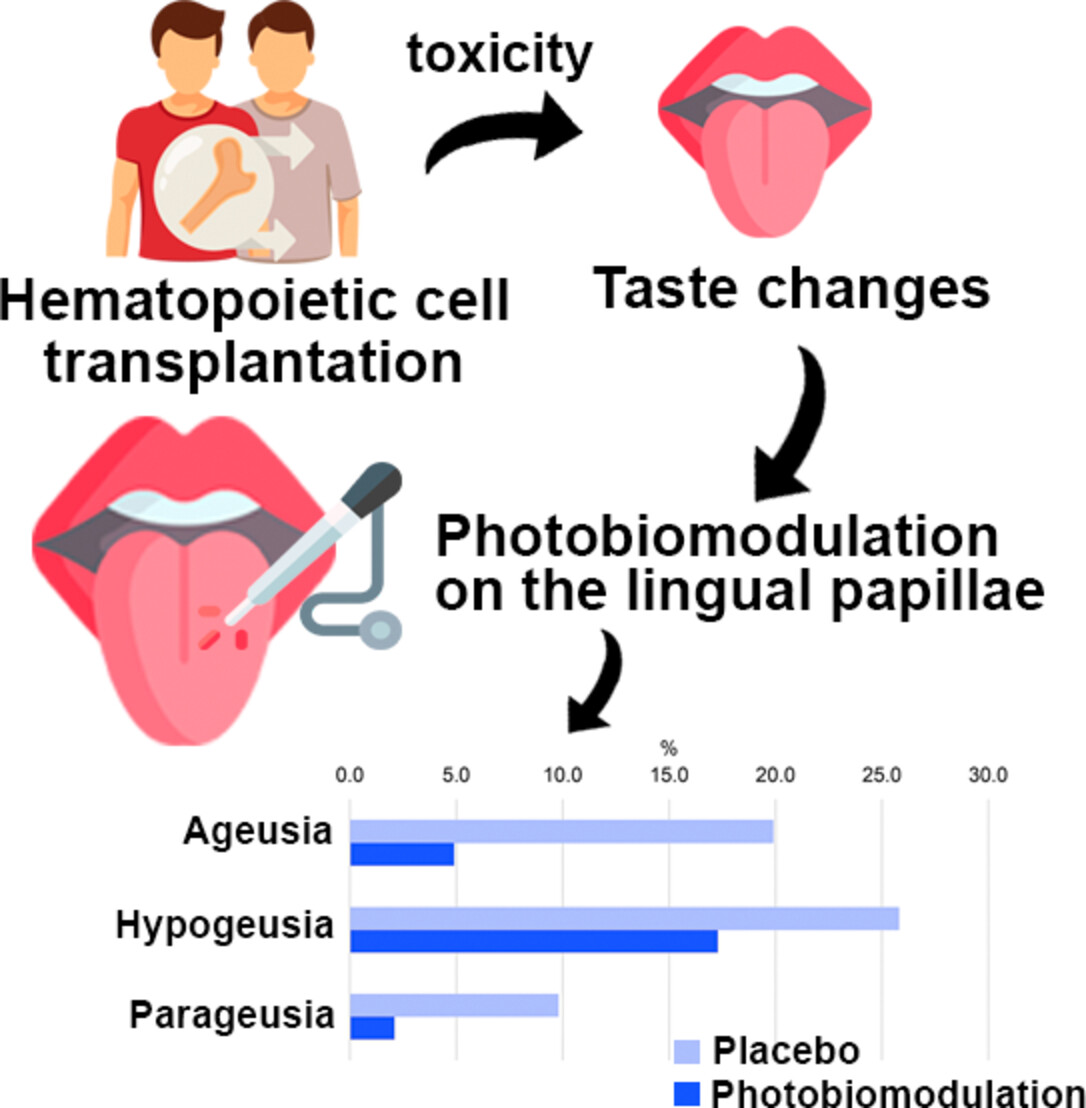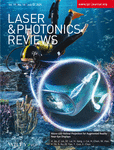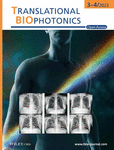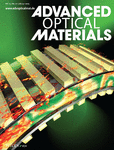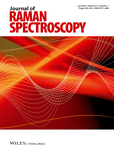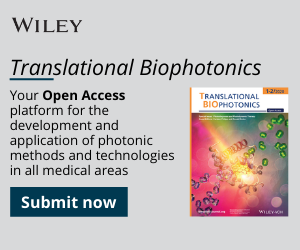Journal list menu
Export Citations
Download PDFs
COVER PICTURE
Front Cover
- First Published: 11 July 2024
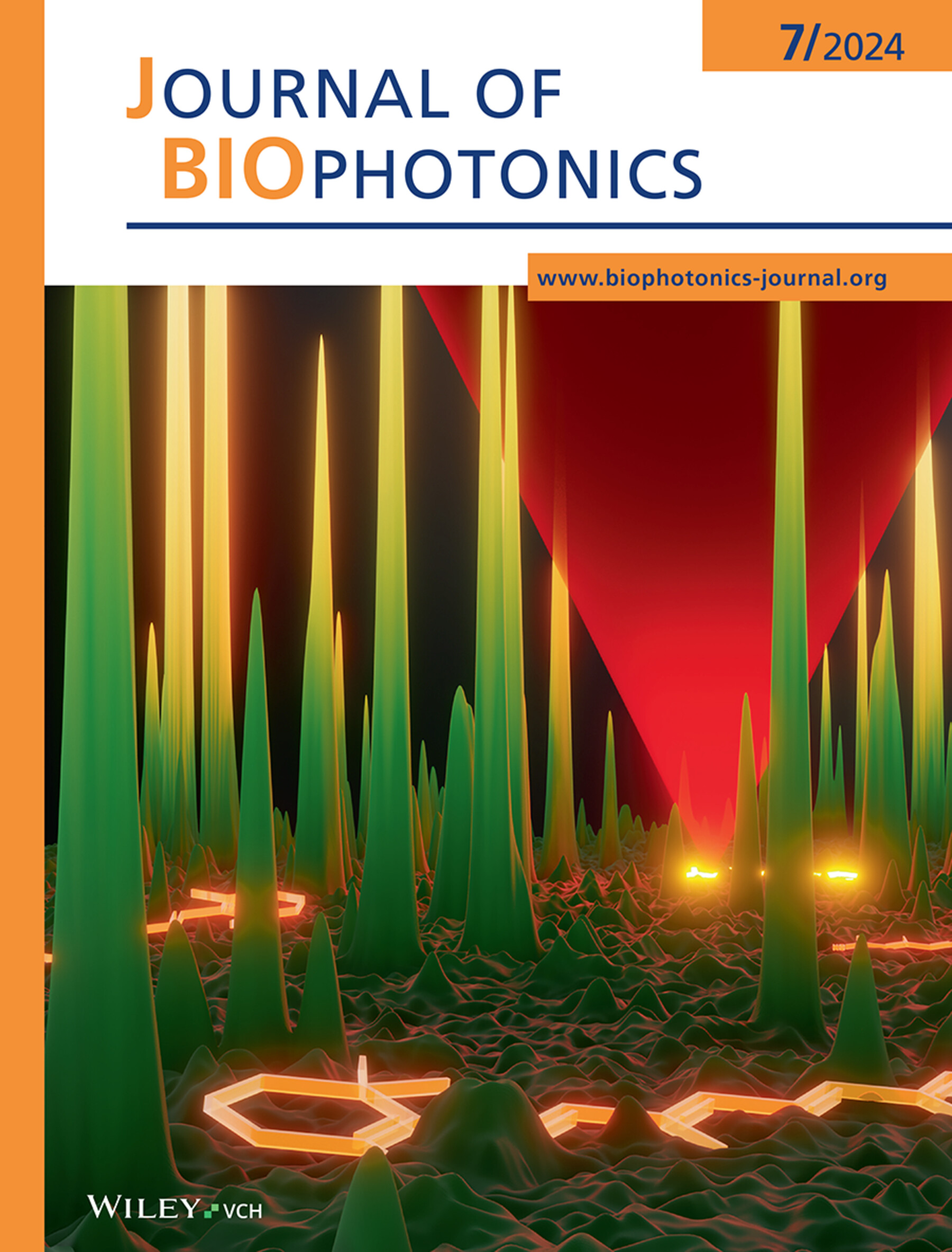
Journal of Biophotonics focuses on the interdisciplinary field of biophotonics, publishing cutting-edge research on interactions between light and biological material. The journal covers photonics research in areas such as life sciences, medicine and biomedicine, environmental science, nutrition, biology, physics, and chemistry, ranging from fundamental research to the latest clinical applications.
ISSUE INFORMATION
RESEARCH ARTICLE
The retinal oxygen metabolism and hemodynamics as a substitute for biochemical tests to predict nonproliferative diabetic retinopathy
- First Published: 25 March 2024
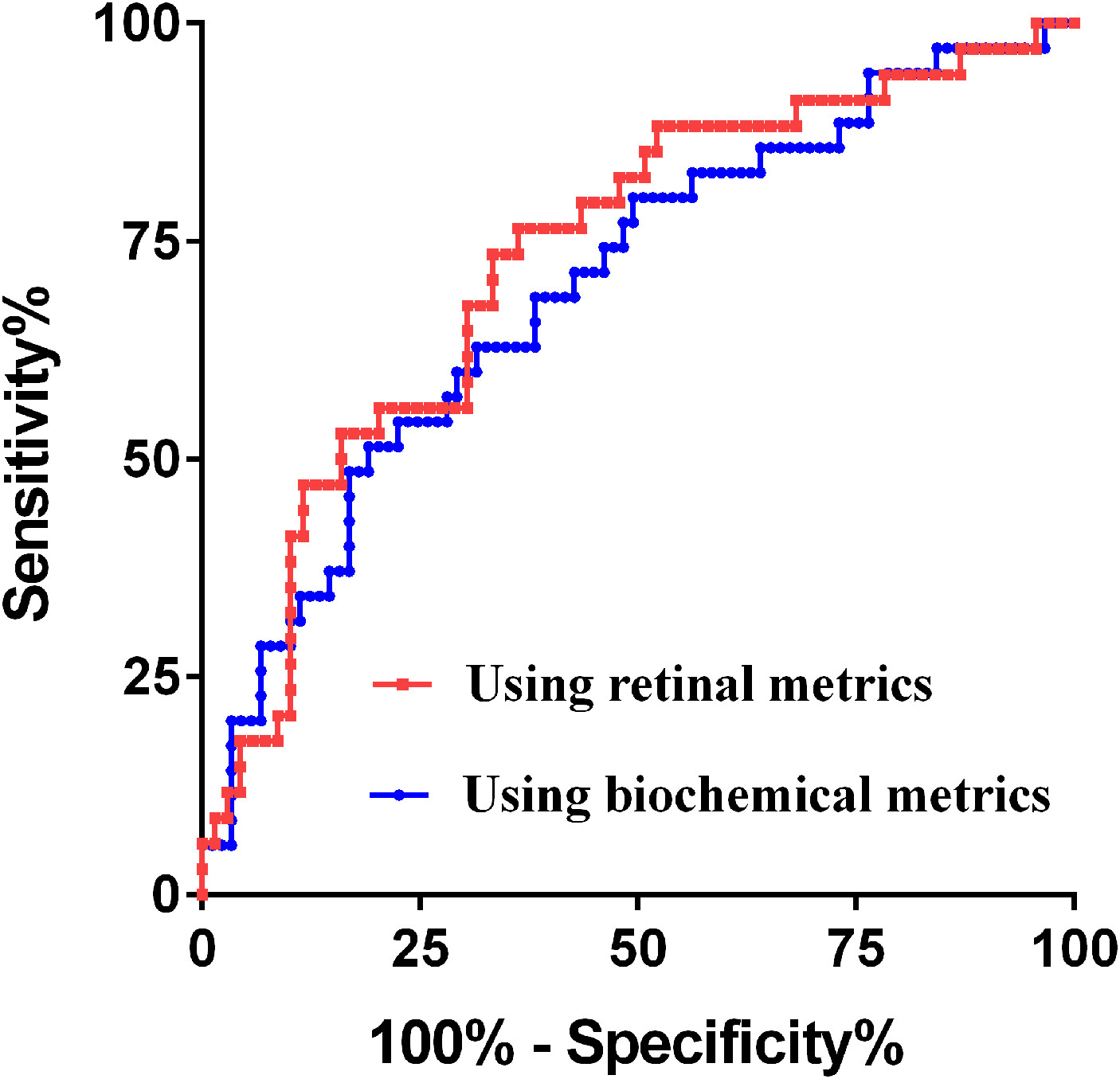
Using the multimodal retinal imaging, retinal oxygen metabolic and hemodynamic alterations correlate with stages of diabetes mellitus, and they are independent risk factors of NPDR. Furthermore, two NPDR predictive models were developed using retinal and biochemical metrics, respectively. Retinal metrics have similar performance with biochemical metrics to predict NPDR.
Exploring the efficacy of photodynamic antimicrobial chemotherapy on diabetic foot ulcers in rats
- First Published: 23 April 2024
Lateralization of cortical activity, networks, and hemodynamic lag after stroke: A resting-state fNIRS study
- First Published: 24 April 2024
Design and analysis of a fiber Bragg grating-based foot pressure assessment system
- First Published: 25 April 2024
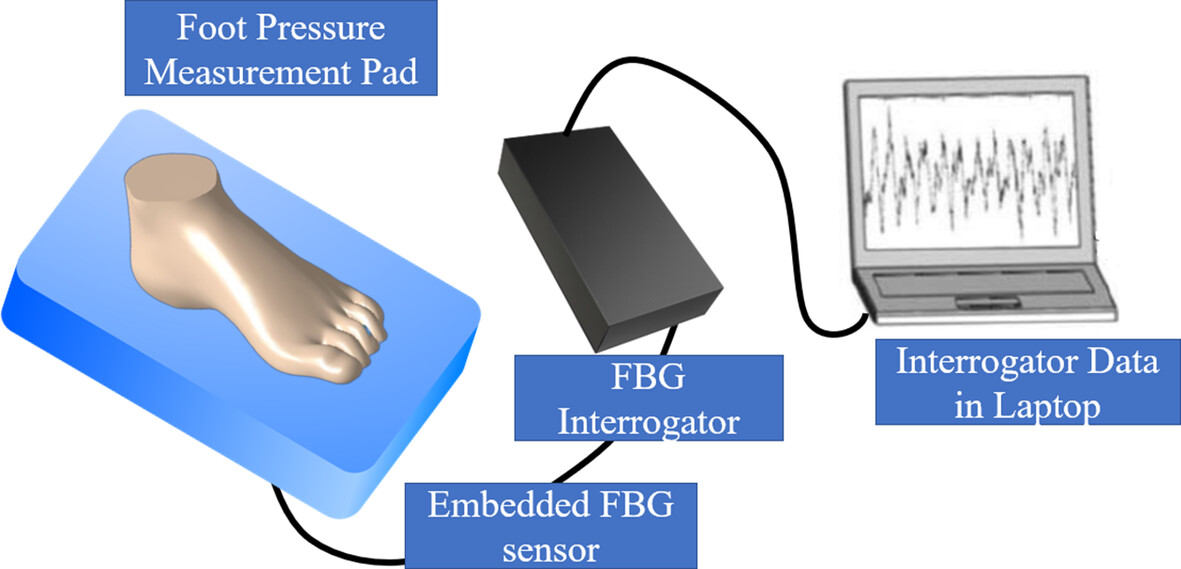
A foot pressure assessment system utilizing Fiber Bragg Grating (FBG) sensors is depicted. FBG sensors embedded in a shoe sole measuring pressure distribution in different parts of the foot. Real-time data acquisition enables accurate analysis of foot dynamics, aiding in biomechanical studies and clinical diagnostics.
Teaching and learning in biophotonics: Crossing the bridge between educators and students
- First Published: 25 April 2024

Recent advances in light-based technologies combined with increasing demand for early diagnostics and improvements in patient care are the major drivers in the expansion of the global biophotonics market with an estimated value reaching $91.3 billion by 2024. To address the growing need for interdisciplinary scientists, clinicians, and engineers, this study presents a structured approach to educational and outreach activities in biophotonics applied over two consecutive years aiming at improving the workshop design based on students' and teachers' feedback.
Spatial targeted delivery of riboflavin with a controlled corneal iontophoresis delivery system in theranostic-guided UV-A light photo-therapy
- First Published: 02 May 2024
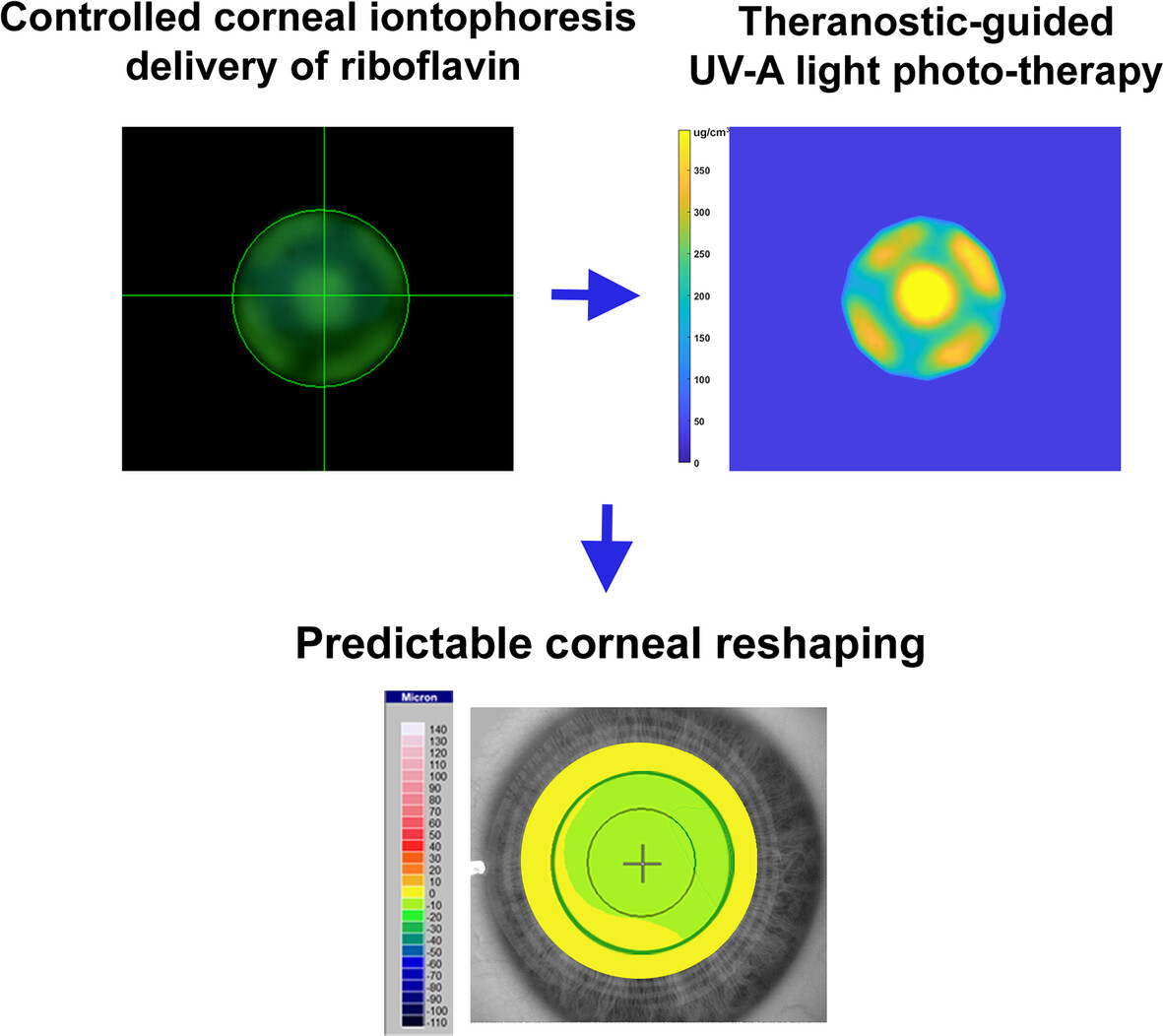
Theranostic-guided UV-A light photo-therapy in conjunction with a controlled corneal iontophoresis system enables precise spatial patterned delivery of riboflavin in the targeted corneal region of interest, resulting in a predictable tissue shape change. This innovative approach provides valuable insight into potential application for theranostic UV-A light photo-therapy in corneal reshaping procedures.
An FBG-based optical pressure sensor for the measurement of radial artery pulse pressure
- First Published: 02 May 2024
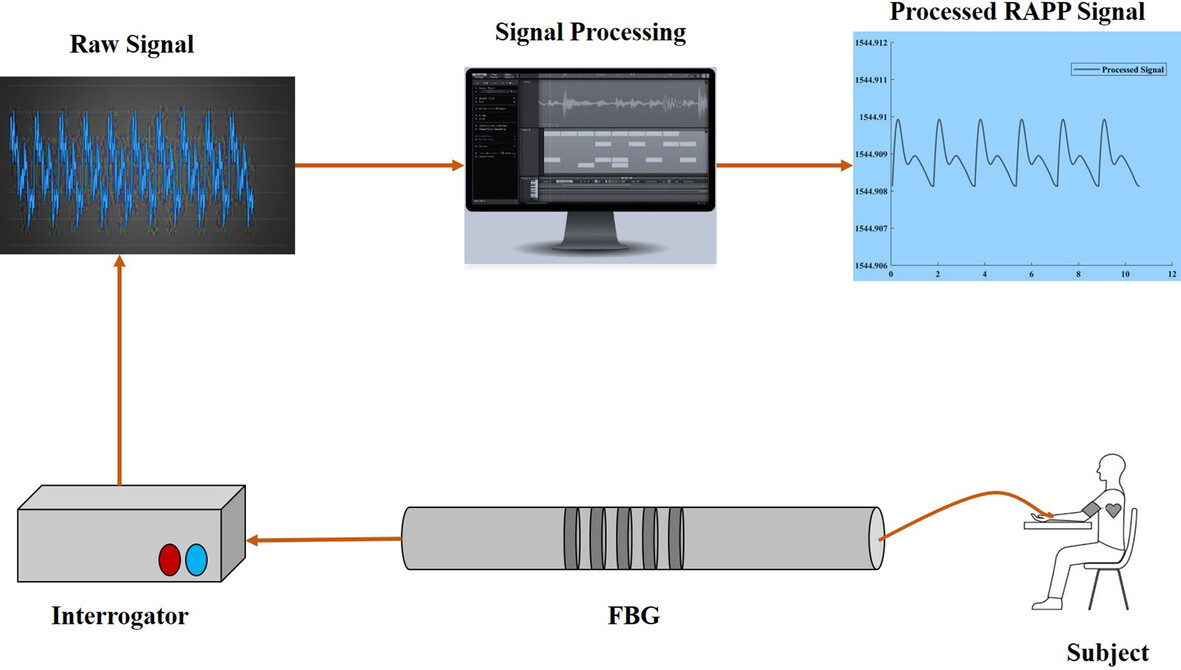
The design and experimental testing of an optical sensor based on Fiber Bragg Gratings (FBG) is presented in this paper. An FBG is used to measure the radial artery pulses using a 3D printed instrument. The intended sensor is used to measure the pulse waveform of the radial artery across the principal pulse location point. The pulse signal is accurately measured by the optical sensing device. After the signal has been analyzed, the primary pulse characteristic parameters can be extracted for use in therapeutic applications. The pulse signals measured by experiments are carried out under the supervision of medical professionals. We employed the sensor to detect the pulse waveforms at Guan position of the wrist's radial artery in line with the diagnostic requirements in order to experimentally validate it. The results demonstrate how highly feasible the proposed technique to combine optical technologies for physiological monitoring with FBG-based radial artery pulse waveform monitoring in clinical applications.
Multiwavelength laser diode based portable photoacoustic and ultrasound imaging system for point of care applications
- First Published: 02 May 2024
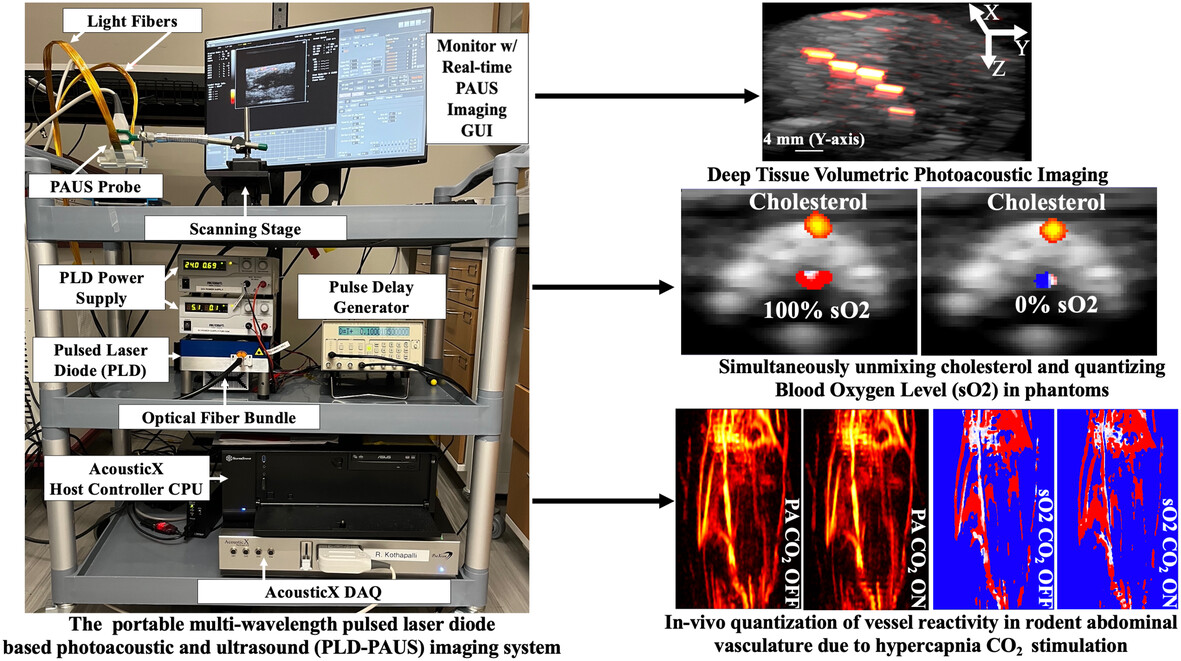
In this work, we present the multiwavelength and portable PLD-PAUS imaging system for (a) deep-tissue PA imaging, (b) detecting and quantizing cholesterol and blood oxygenation levels, (c) in vivo rodent vasculature PA imaging, and (d) quantifying in vivo rodent vessel reactivity. Hence, we demonstrate its capabilities as a point of care diagnostic tool for vascular diseases.
Optical coherence elastography with osmotically induced strains: Preliminary demonstration for express detection of cartilage degradation
- First Published: 04 May 2024
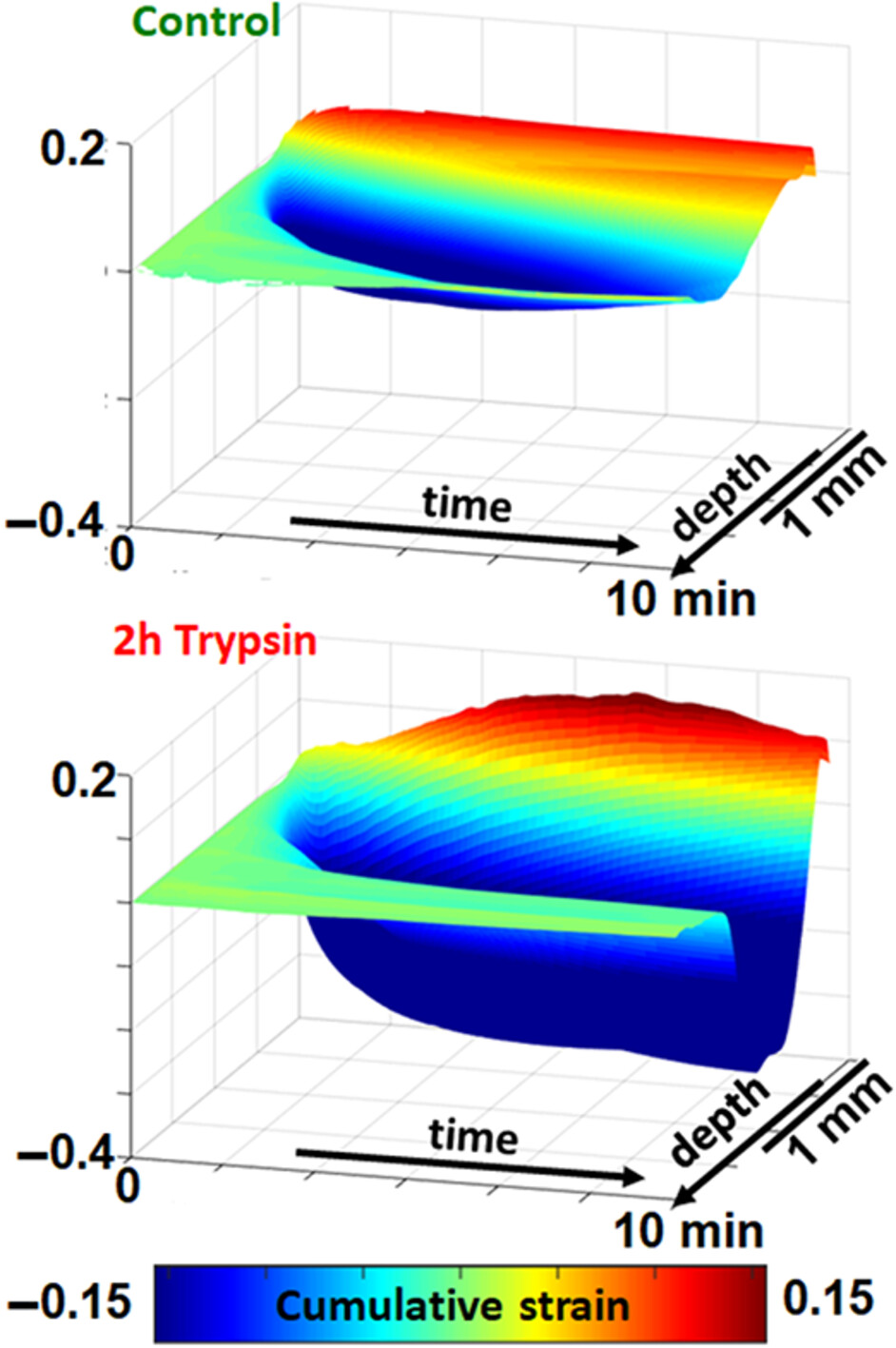
A new variant of optical coherence elastography with osmotically induced straining (OIS-OCE) is proposed. It is applied to differentiate stages of proteoglycan-content degradation in cartilage. OIS-OCE does not require special tissue preparation, osmotic stimulation is highly reproducible, and strains are observed in noncontact mode. Several minutes suffice to obtain a conclusion.
Beyond life: Exploring hemodynamic patterns in postmortem mice brains
- First Published: 07 May 2024
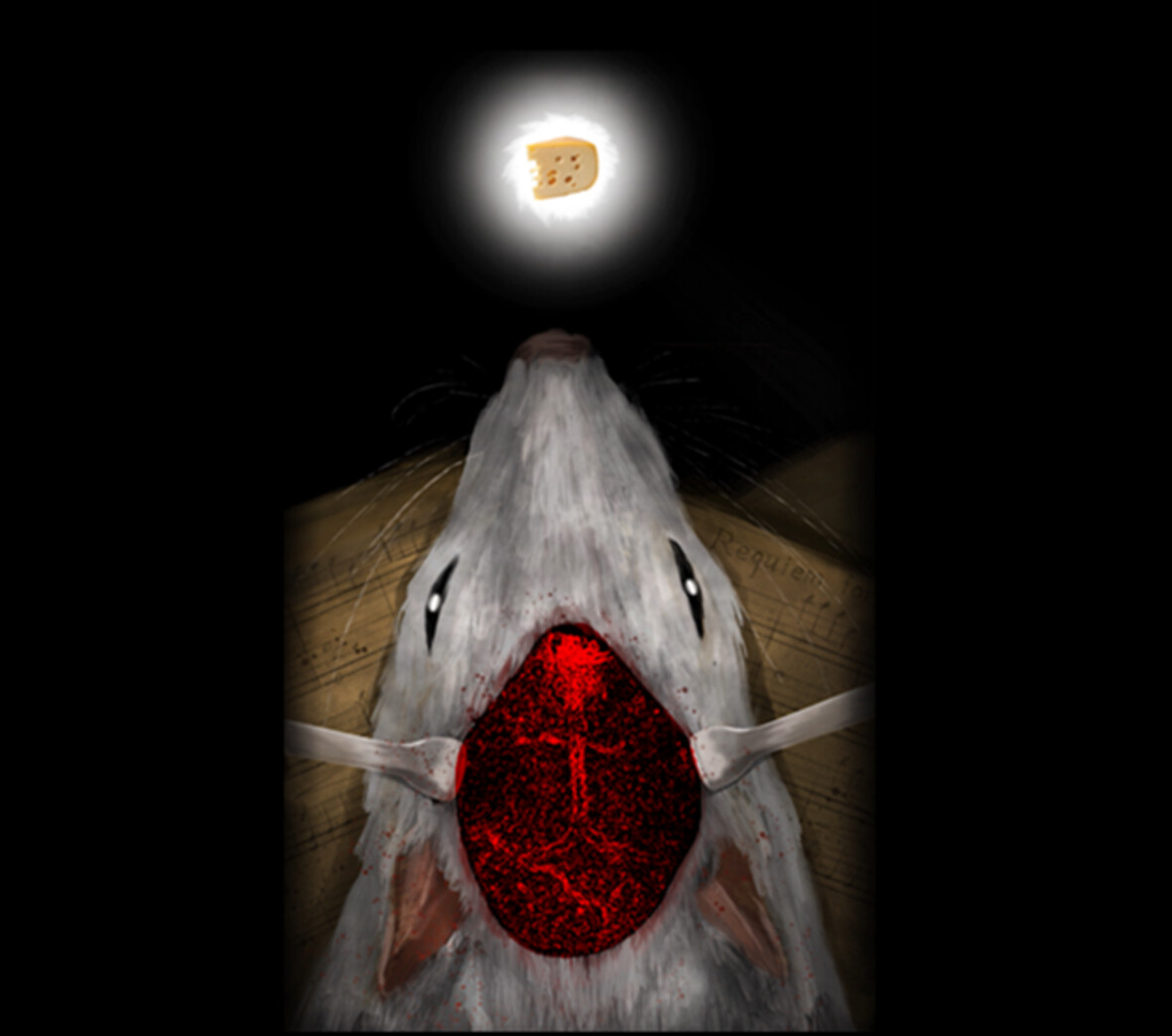
Using Laser Speckle Contrast Imaging (LSCI) and analytical methods like Fast Fourier Transform (FFT), Continuous Wavelet Transform (CWT) and Non-negative Matrix Factorization (NMF), our study reveals dynamic cerebral blood flow changes in mice post-cardiac arrest, highlighting hemodynamic activities and potential insights into consciousness and perception at life's end.
High-frequency photoacoustic and ultrasound imaging for skin evaluation: Pilot study for the assessment of a chemical burn
- First Published: 08 May 2024

A multispectral high-frequency, linear array-based photoacoustic/ultrasound (PAUS) probe is developed and implemented for the imaging of rat skin in vivo. This study seeks to demonstrate the probe capabilities for visualizing the skin and its underlying structures, and for monitoring changes in skin structure and composition during a 5-day course of a chemical burn. We analayze composition of lipids, water, oxy-hemoglobin, and deoxy-hemoglobin (for determination of oxygen saturation) in the skin tissue.
Teachability of multispectral optoacoustic tomography
- First Published: 08 May 2024

The aim of this study was to assess the teachability of multispectral optoacoustic imaging (MSOT). Using repositioning imaging experiments, the study demonstrates that given a personal supervision and hybrid ultrasound real-time imaging in MSOT measurements, inexperienced operators are able to achieve the same level as experienced operators in terms of repositioning accuracy.
Towards non-invasive tissue hydration measurements with optical coherence tomography
- First Published: 12 May 2024
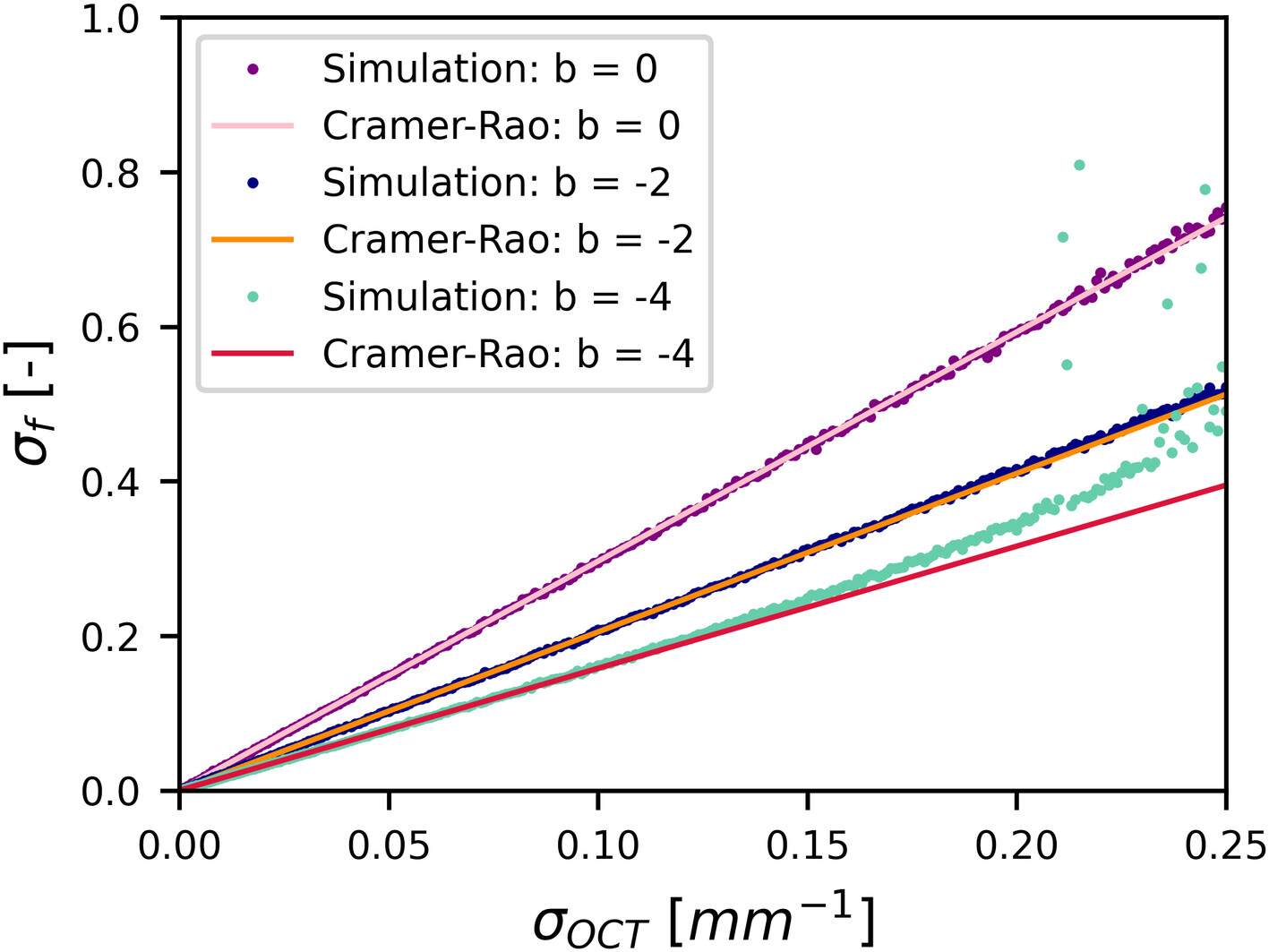
Assuming that scattering can be described using two parameters, we propose a triple/quadrupole-optical coherence tomography system to attain clinically relevant precision in water volume fraction measurements. Achieving a clinically relevant assessment of a 2% water fraction requires determining the attenuation coefficient with a precision of 0.01 /mm.
An in vitro feasibility study of 355 nm laser atherectomy for the treatment of peripheral atherosclerotic lesions
- First Published: 13 May 2024
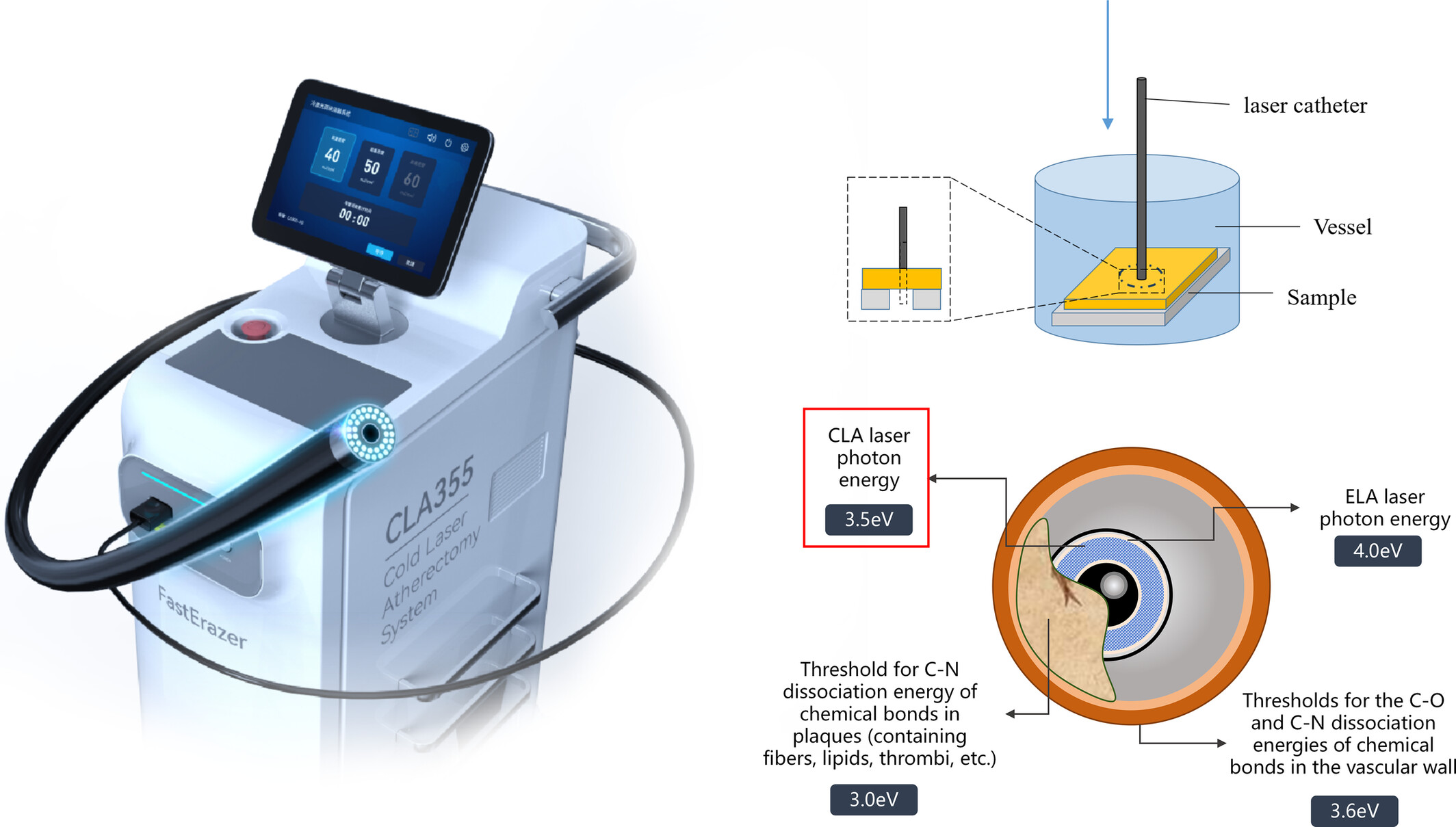
This study employed a novel 355 nm laser, using porcine aortas and bovine tendons to simulate arterial vessels and fibrous tissue structures, respectively. This demonstrated the safety and effectiveness of the device. Subsequently, we conducted experiments on human ex vivo arterial plaques. The results indicated that the device is effective in treating chronic occlusions, in-stent restenosis, and mature thrombotic lesions.
Characterization and classification of pathogenic bacteria using native fluorescence and spectral deconvolution
- First Published: 07 June 2024
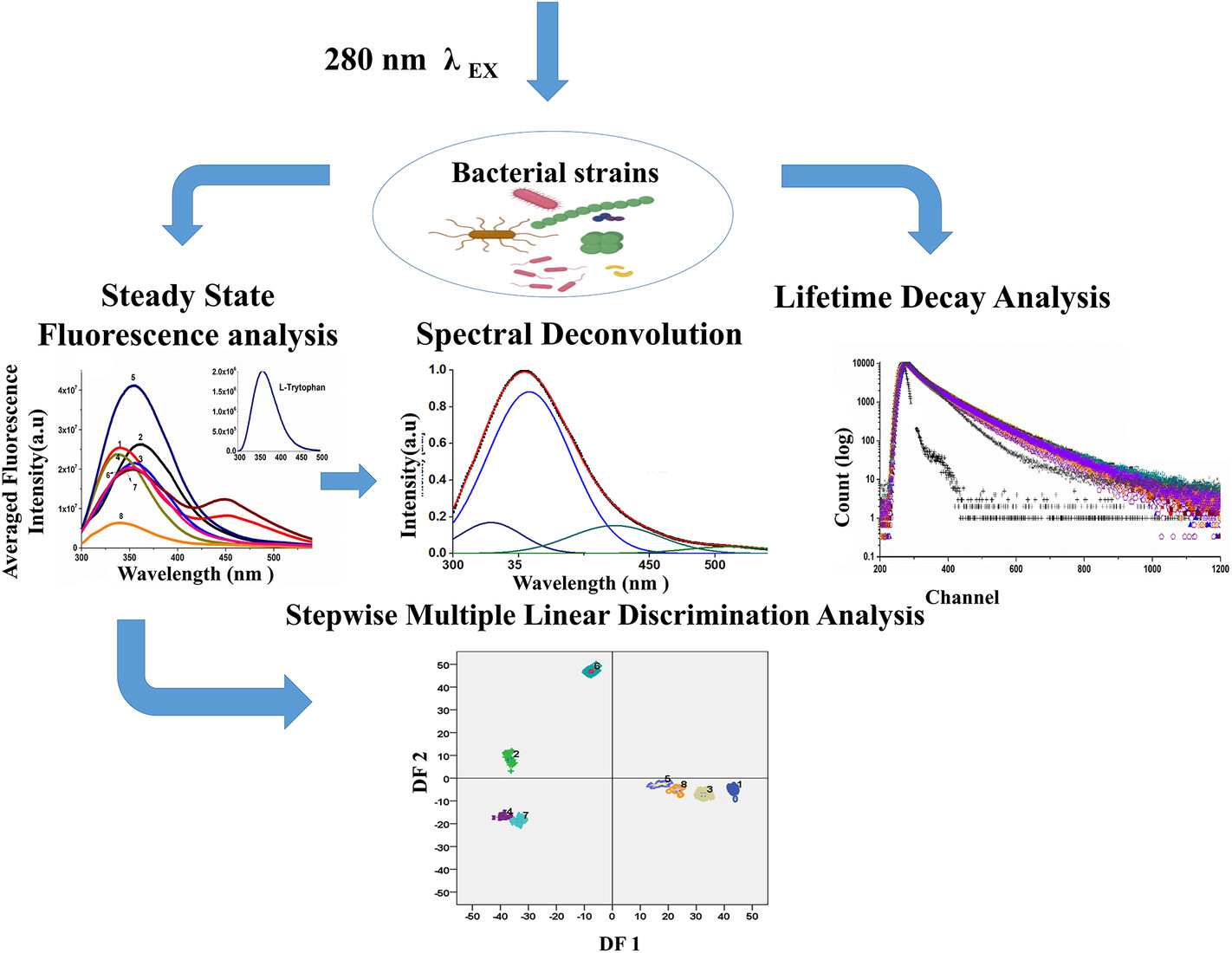
Explored the possibility of rapid detection of UTI causing bacteria by analyzing protein fluorescence by steady and excited state kinetics of eight bacteria at 280 nm excitation. The deconvolution of emission spectrum reveals the presence of tryptophan 1, tryptophan 2, NADH, and FAD in bacteria. Stepwise multiple linear discriminant analysis classified the original group and cross-validated group with 100% and 99.5% accuracy, respectively.
Photobiomodulation minimizes taste changes during hematopoietic cell transplantation: A randomized clinical trial
- First Published: 08 June 2024
Model-based quantitative photoacoustic tomography with directional total variation
- First Published: 11 June 2024
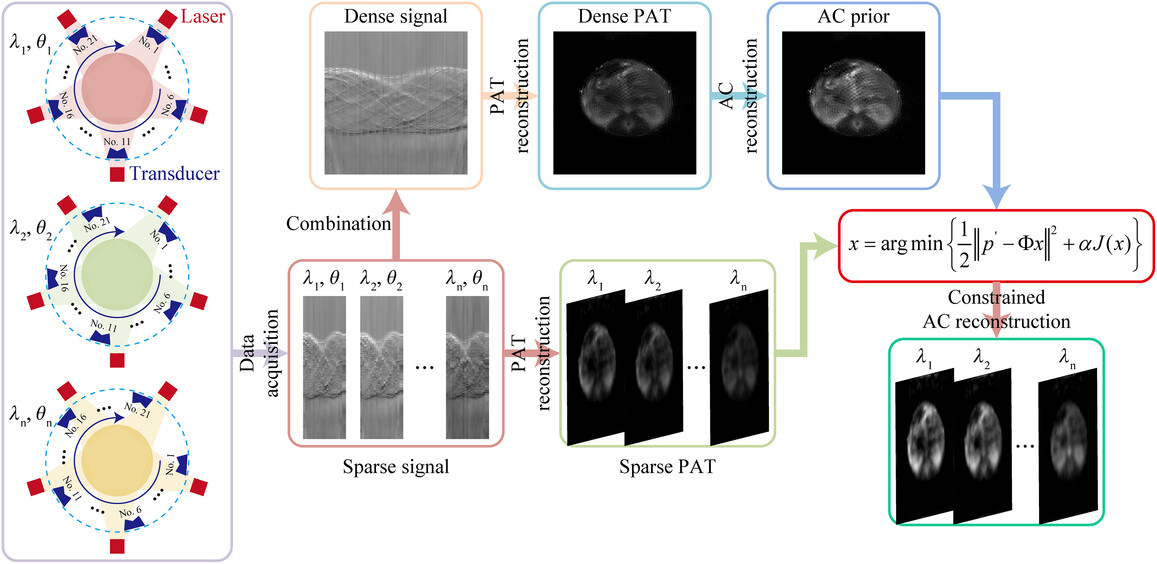
In photoacoustic tomography, limitations such as restricted detection angles and inherent noise lead to substantial artifacts and degradation in the quality of absorption coefficient (AC) images. By incorporating anatomy prior information into the optical inversion process, our proposed method can effectively suppress artifacts in AC images while maintaining structural integrity.
Gold/cobalt ferrite nanocomposite as a potential agent for photothermal therapy
- First Published: 12 June 2024
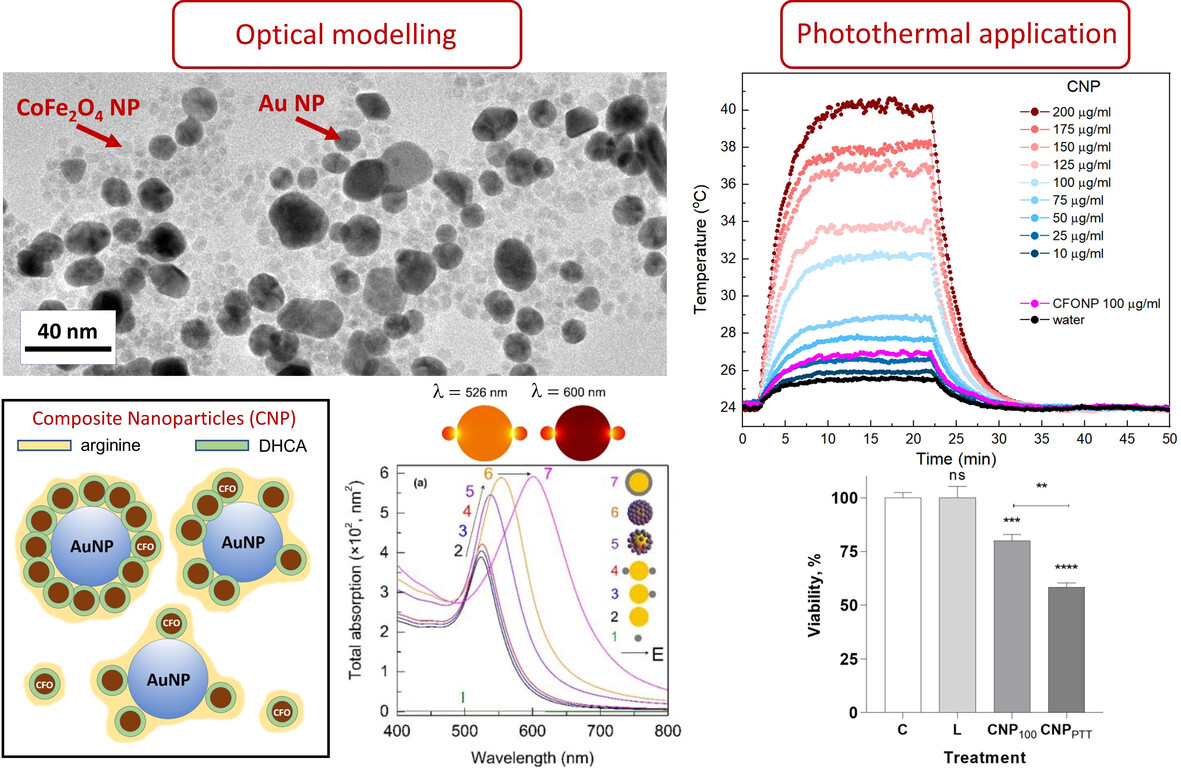
We present an optical modeling, photothermal and biocompatibility study of the composite nanoparticles (CNPs) consisting of Au with CoFe2O4 (CFO) nanoparticles aggregates. The optical modeling reveals nonlinear increase of the CNP absorption with increasing the number of CFO nanoparticles around Au cores with the absorption in CFO become dominant. Photothermal performance, evaluated photothermal conversion coefficient and results on photothermal therapy in vitro suggest the utilization of CNP in multimodal anticancer therapies.
Dynamic optical coherence elastography for skin burn assessment: A preliminary study on mice model
- First Published: 14 June 2024
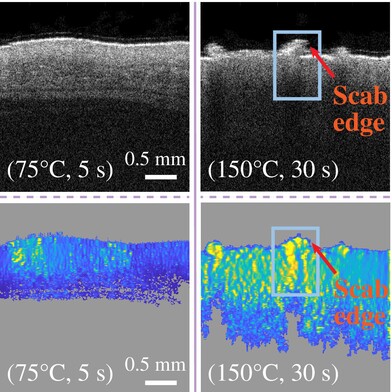
The burned skins on mice model were evaluated by a dynamic optical coherence elastography (OCE). Both the structural information and elastic wave speed maps show the scab edges after being severely burned. Experiments reveal that murine skin burned at temperatures exceeding 100°C typically exhibited greater stiffness than skin burned at temperatures below 100°C. The dynamic OCE technique shows potential application for incorporating elasticity properties as a biomechanical extension module to diagnose skin burn injuries.
Diagnosis of dental caries based on attenuation coefficients analysis of optical coherence tomography images
- First Published: 14 June 2024
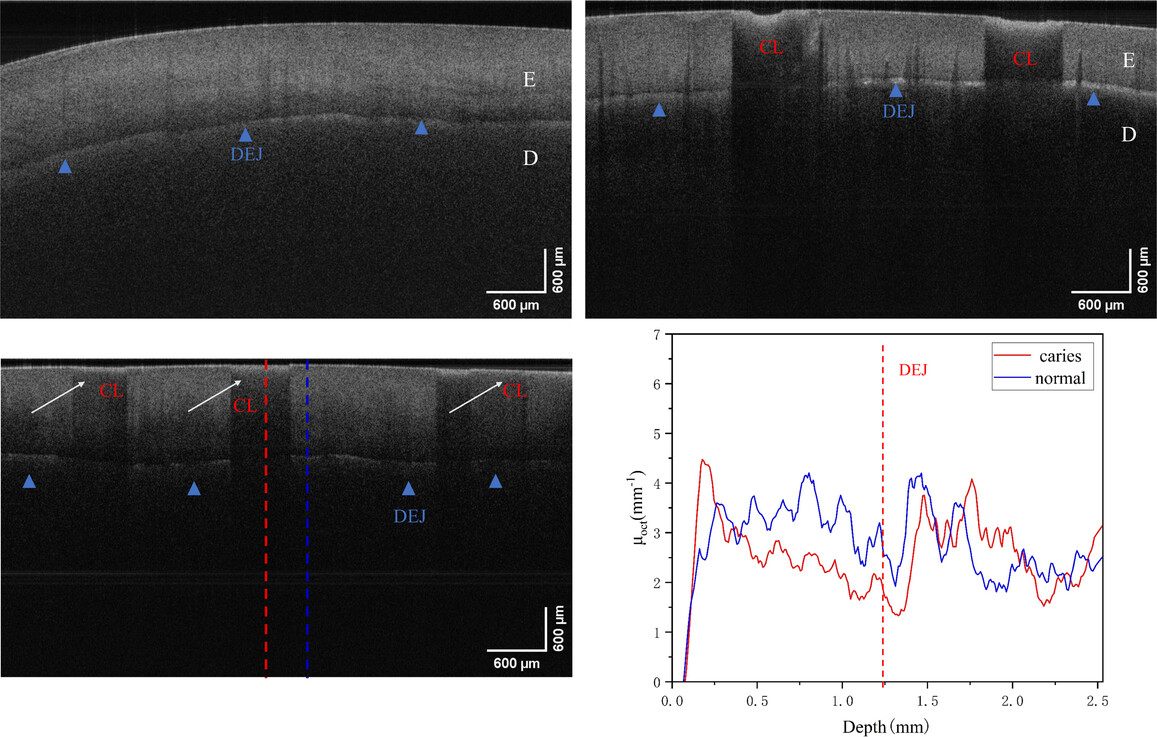
In this study, analysis of attenuation coefficient and attenuation curve in optical coherence tomography images was performed to distinguish between normal teeth and teeth affected by caries, and further applied to the half-automated diagnosis of dental caries. The severity of caries and specific caries was sufficiently differentiated. Different developmental stages of dental caries, as well as, hidden caries and interproximal caries, which are challenging task in dental caries diagnosis, were detailedly evaluated.




